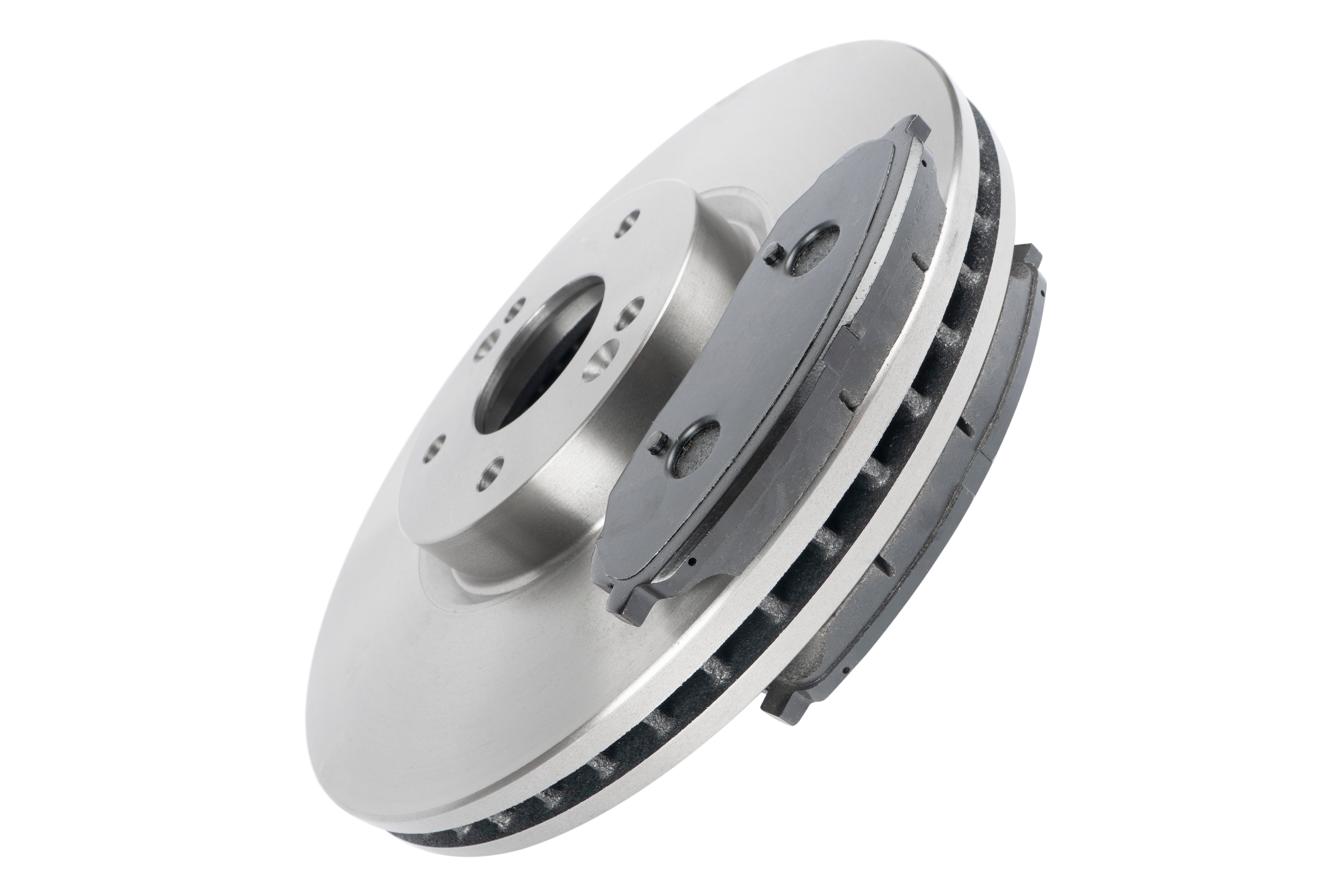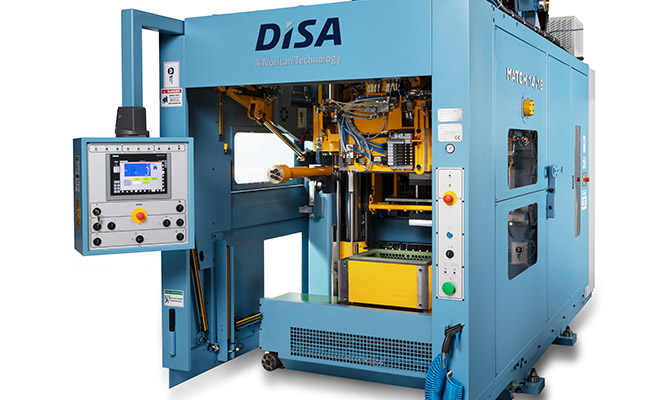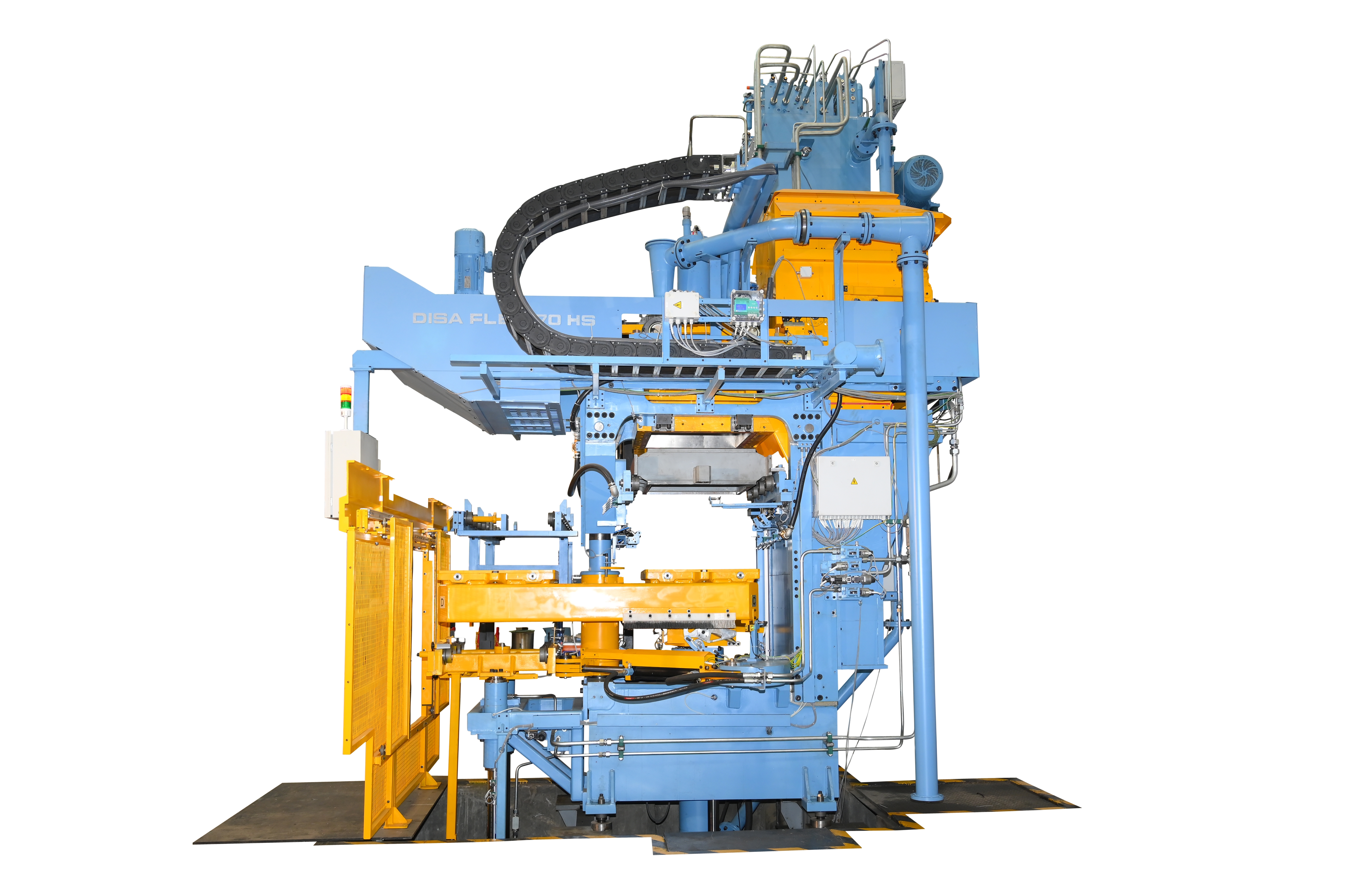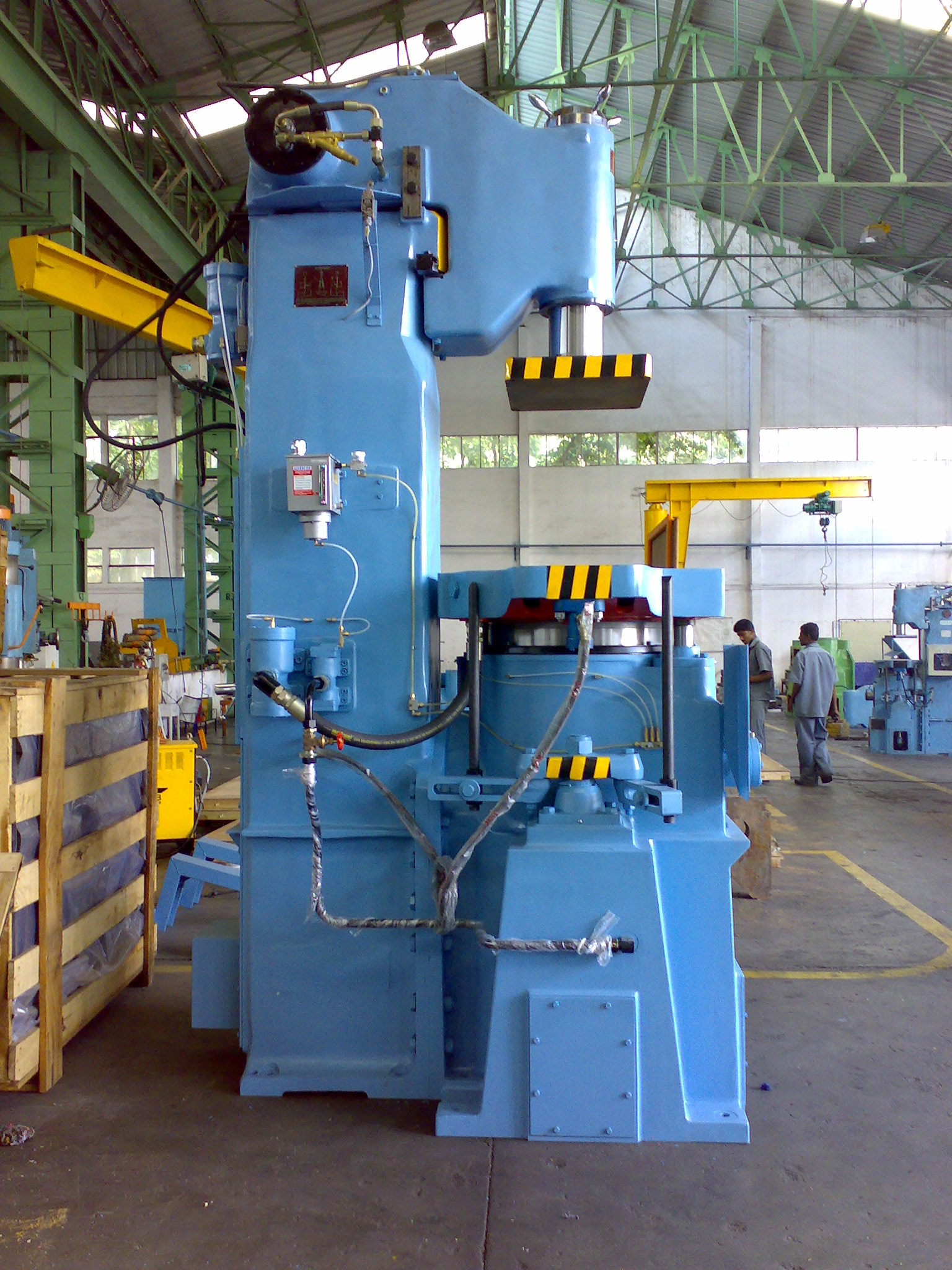Horizontal Flaske Moulding

How does horizontal flaske moulding work?
In horizontal moulding, the two mould halves (“cope” is the top mould half and “drag” is the bottom one) are made separately inside flasks (a frame with no top or bottom enclosing each mould half).
In horizontal moulding, the two mould halves (“cope” is the top mould half and “drag” is the bottom one) are made separately inside flasks (a frame with no top or bottom enclosing each mould half).
Benefits of utilizing the horizontal flaske moulding process
- Horizontal moulding equipment can produce metal casting moulds suitable for most ferrous and non-ferrous metals. Pattern tooling is simple to make and can be easily changed between runs
- The flexibility and accessibility make it attractive for manufacturing a wide variety of castings in the short series and low volumes typical of jobbing foundries
- Horizontal green sand casting is well suited to grey and nodular iron castings, as well as steel, aluminum, and other non-ferrous metals. Patterns made of plastic, wood, and metal can be used
- It is widely applied for automotive castings like engine blocks, suspension parts, and brake discs. Other common applications include gearboxes, stator housings, compressor housings, and pumps

Horizontal moulding equipment



